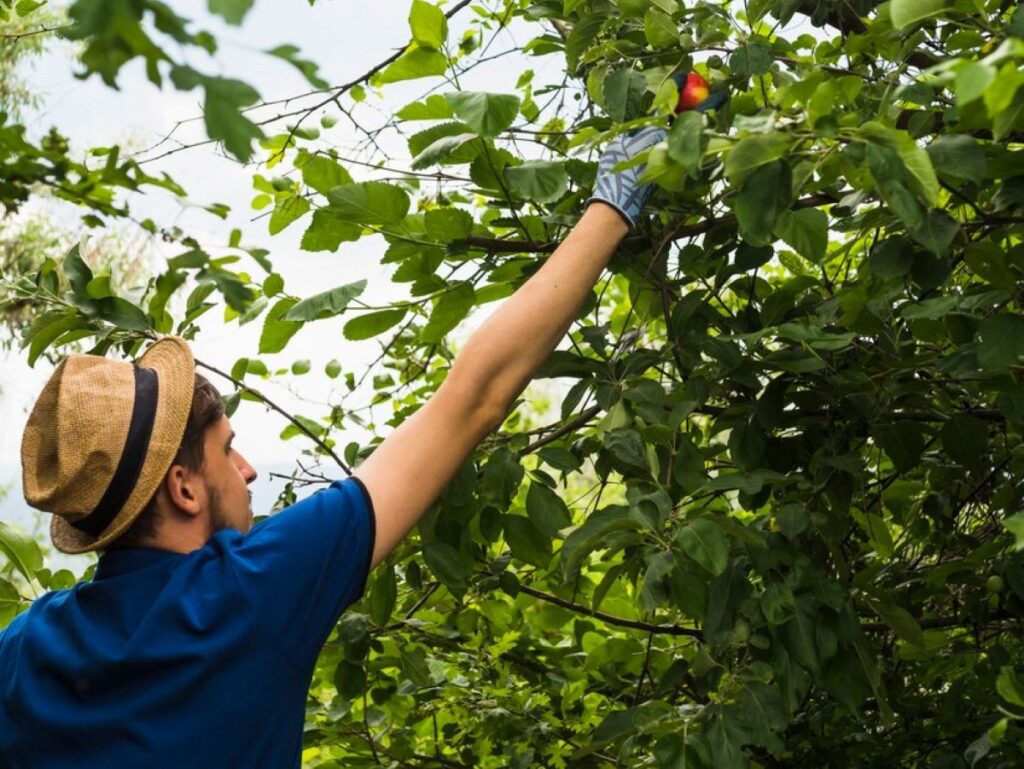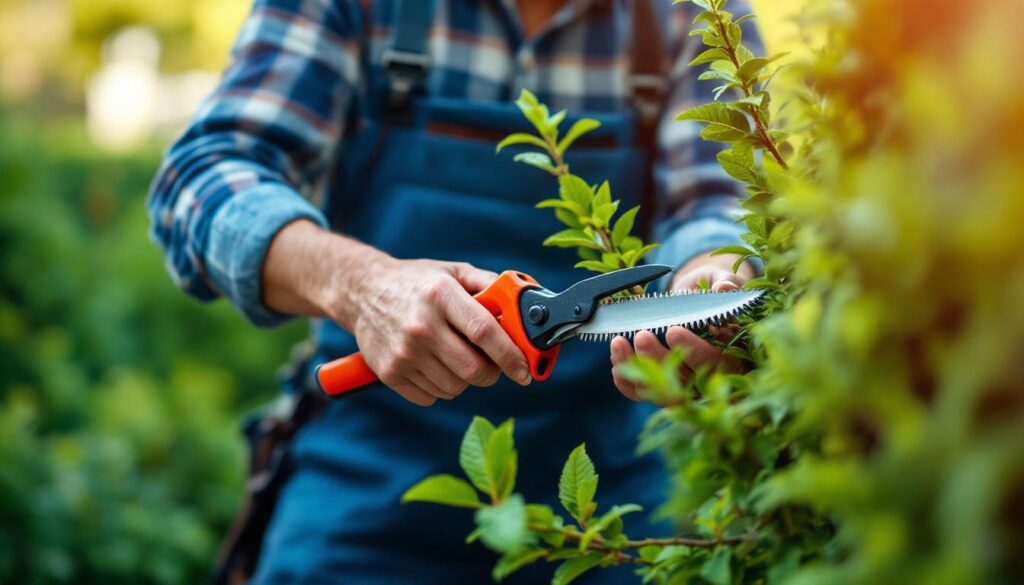Tree pruning is an essential aspect of maintaining the health and aesthetics of trees in both residential and commercial landscapes. However, many property owners find themselves wondering about the costs associated with this important service. Understanding the various factors that influence tree pruning prices can help you make informed decisions when it comes to maintaining your greenery. This guide provides a comprehensive breakdown of the costs involved in tree pruning, ensuring you have all the information you need to budget appropriately.
Understanding Tree Pruning
Tree pruning involves the selective removal of specific branches or stems to improve the tree’s structure, health, and appearance. It is a practice that not only enhances the beauty of your landscape but also promotes the tree’s growth and longevity. Proper pruning can prevent disease, reduce the risk of falling branches, and improve light penetration and air circulation.
There are several types of pruning, including crown thinning, crown raising, crown reduction, and deadwood removal. Each type serves a specific purpose and may vary in cost based on the complexity and extent of the work required. Understanding these types can help you communicate your needs effectively with a professional arborist.
Types of Tree Pruning
- Crown Thinning: This involves selectively removing branches to increase light and air penetration within the crown.
- Crown Raising: This type of pruning removes lower branches to raise the crown and improve clearance for pedestrians and vehicles.
- Crown Reduction: This method reduces the overall size of the tree while maintaining its natural shape, often necessary for trees that have outgrown their space.
- Deadwood Removal: This involves removing dead or dying branches to prevent decay and disease from spreading.
Factors Influencing Tree Pruning Costs
The cost of tree pruning can vary significantly based on several factors. Understanding these factors can help you anticipate the potential expenses involved in hiring a professional.
Tree Size and Height
One of the most significant factors affecting the cost of tree pruning is the size and height of the tree. Larger trees often require more time, effort, and specialised equipment to prune effectively. For instance, pruning a small ornamental tree may cost significantly less than pruning a large oak or eucalyptus tree, which may require climbing gear or a cherry picker.
Generally, tree pruning cost can range from $100 to $1,500, with larger trees falling on the higher end of the spectrum. The height and overall size of the tree will directly influence the labour and equipment needed, thus impacting the final price.
Tree Species
The species of the tree can also play a crucial role in determining the cost of pruning. Some species are more challenging to prune due to their growth patterns, branch structure, or wood density. For example, hardwood trees like oak and maple may require more effort and expertise to prune compared to softer wood species like pine or birch.
Additionally, certain species may have specific pruning requirements or restrictions, particularly if they are protected by local regulations. Understanding the species of your tree can help you anticipate the level of expertise required and the associated costs.
Location and Accessibility
The location of the tree and its accessibility can significantly impact pruning costs. Trees located in hard-to-reach areas, such as near power lines, buildings, or steep slopes, may require additional safety measures and equipment, increasing the overall cost. Arborists may need to use specialised equipment or take extra precautions to ensure safety, which can add to the labour costs.
Moreover, if the tree is situated in a densely populated area or near valuable structures, the risk associated with pruning may necessitate additional insurance or permits, further influencing the price. Check out more about Palm Tree Pruning: When and How to Maintain Your Palms
Labour Costs and Professional Fees
Labour costs can vary widely based on the experience and qualifications of the arborist or tree care company you choose. Hiring a certified arborist may come at a premium, but their expertise can ensure that the job is done safely and effectively. Many professionals charge by the hour, with rates typically ranging from $50 to $150 per hour, depending on their qualifications and the complexity of the job.
Some companies may offer flat rates for specific services, while others may provide estimates based on the size and condition of the tree. It is advisable to obtain multiple quotes from different service providers to ensure you receive a fair price for the work required.
Additional Costs to Consider
In addition to the basic pruning costs, there may be additional expenses to consider. For instance, if the tree requires removal of large branches or debris, you may incur extra charges for disposal. Some companies offer clean-up services as part of their pruning package, while others may charge separately for this service.
Furthermore, if your tree is diseased or infested with pests, additional treatments may be necessary, which can further increase the overall cost. It is essential to discuss any potential issues with your arborist to ensure you are fully aware of all costs involved.

DIY vs Professional Tree Pruning
While some homeowners may consider undertaking tree pruning as a DIY project to save on costs, it is crucial to weigh the potential risks and challenges involved. Pruning trees can be hazardous, especially for larger specimens that require climbing or the use of power tools. Without the proper knowledge and equipment, you may inadvertently damage the tree or put yourself at risk of injury.
Professional arborists are trained to assess the health of trees, identify the best pruning techniques, and execute the work safely. Although hiring a professional may involve higher upfront costs, the long-term benefits of proper tree care can outweigh the initial investment.
When to Prune Your Trees
Timing is an essential factor in tree pruning, as it can affect both the cost and the health of the tree. The best time to prune most trees is during their dormant season, typically late winter to early spring. Pruning during this time can minimise stress on the tree and promote healthy growth in the following season.
However, specific species may have unique pruning requirements, and some trees may benefit from summer pruning to control growth. Consulting with a professional arborist can help you determine the best timing for your specific trees, ensuring optimal health and aesthetics.
Conclusion
Tree pruning is an essential practice for maintaining the health, safety, and beauty of your landscape. Understanding the various factors that influence the cost of tree pruning can help you make informed decisions and budget effectively. Whether you choose to hire a professional or consider a DIY approach, prioritising proper tree care will ensure your trees thrive for years to come.
Ultimately, investing in professional tree pruning can provide peace of mind, knowing that your trees are in capable hands. By considering the size, species, location, and professional fees, you can navigate the costs associated with tree pruning and make the best choices for your property.

